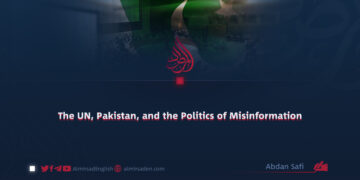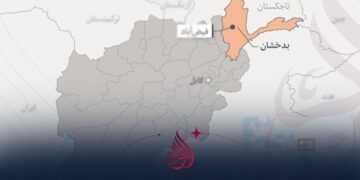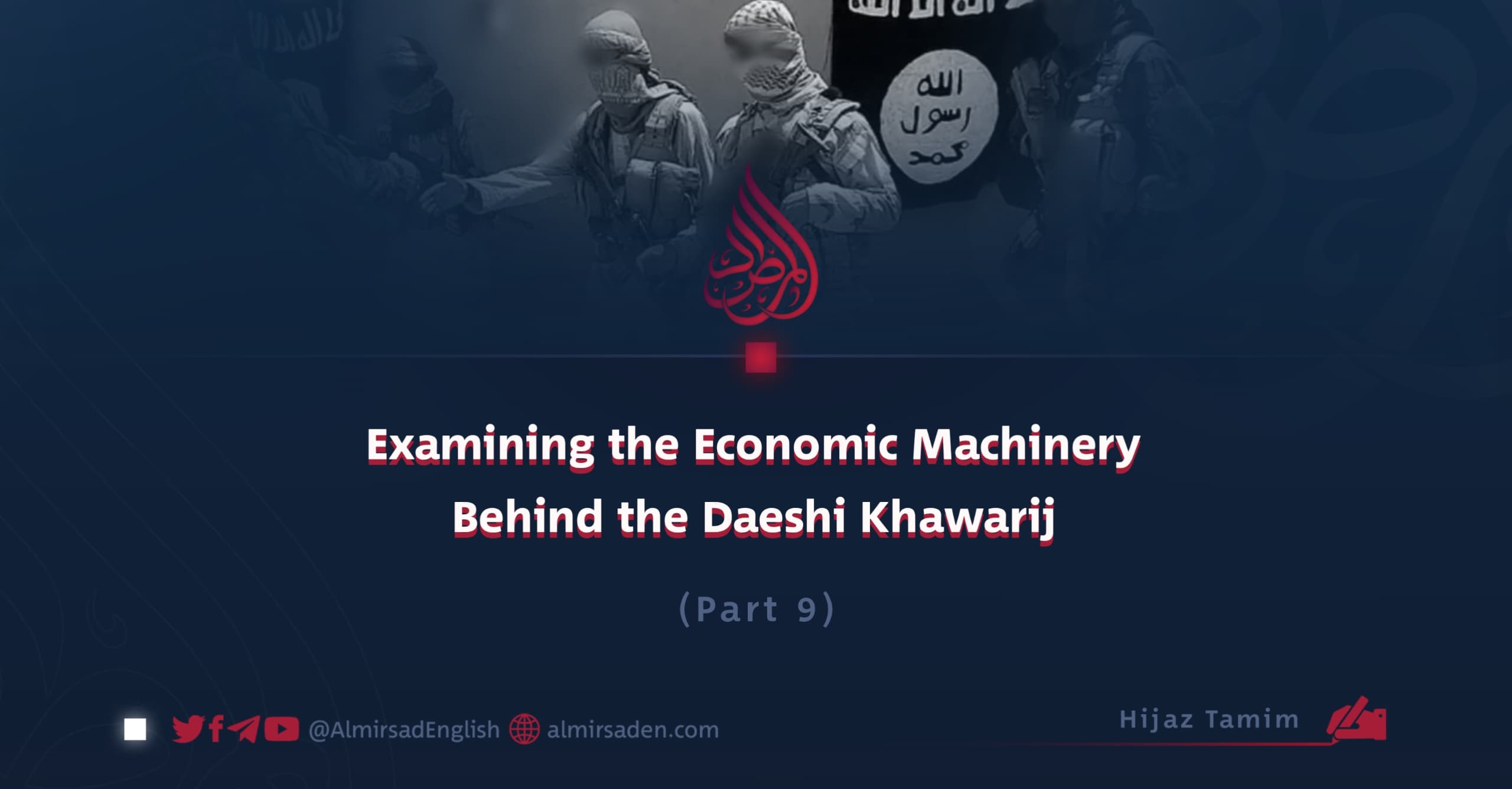Part 9
Hijaz Tamim
Theft from Foreign Banking Systems
The operational sustainability and expansion of ISIS have long depended on its ability to secure vast financial resources. To meet these demands, the group has employed a range of methods that directly bolster its operational reach and lethality. Among these, the systematic theft of funds from foreign banking systems stands out as one of its most sophisticated and strategically vital tactics.
Through coordinated cyberattacks, illicit financial networks, and forged financial documents, ISIS has siphoned millions from international banking institutions. These stolen funds are channeled into militant operations, propaganda efforts, and territorial control. Research suggests that ISIS’s annual revenue from cyber intrusions and informal money transfers alone reaches tens of millions of dollars, posing a grave and persistent threat to global security.
Efforts to dismantle ISIS’s financial networks have been severely hindered by its adept manipulation of technology and exploitation of systemic weaknesses. Inadequate oversight in international banking, combined with the spread of unregulated financial channels, has enabled the group to transfer funds with alarming ease. As a result, ISIS’s exploitation of global financial infrastructure has become a critical security concern, prompting detailed investigations into multiple high-profile cases.
Strategic Exploitation of Global Financial Systems
Unlike traditional terrorist groups, ISIS has not relied solely on conventional funding streams. Instead, it has rapidly adapted to emerging technologies, leveraging cyberwarfare techniques and systemic vulnerabilities to sustain its operations. This strategy is deliberately designed to evade detection while placing increasing pressure on financial monitoring systems worldwide.
1. Cyberattacks and Digital Infiltration
A cornerstone of ISIS’s financial strategy lies in its use of advanced cyber warfare tactics. The group employs phishing schemes, malware, and hacking tools to exploit weaknesses in online banking platforms, particularly those with inadequate cybersecurity. Once inside, operatives extract funds directly from compromised accounts and redirect them to finance attacks, payroll, and logistics.
These cyber operations have become a highly effective yet elusive revenue stream, often functioning below the radar of international monitoring agencies. Financial institutions with outdated defenses are especially vulnerable, making them prime targets for exploitation.
2. The Hawala Shadow Economy
Beyond cybercrime, ISIS heavily relies on the hawala system, an informal, trust-based money transfer network prevalent in the Middle East and South Asia. Unlike formal banking, hawala transactions leave no digital paper trail, allowing ISIS to move vast sums across borders undetected.
This system’s anonymity and efficiency make it a persistent challenge for counterterrorism financing efforts. Despite increased scrutiny, hawala remains a linchpin of ISIS’s financial infrastructure, enabling the group to sustain operations even when traditional funding sources are disrupted.
A Persistent Threat
ISIS’s ability to adapt and exploit financial systems underscores its resilience. While cyberattacks provide direct access to liquid capital, the hawala system ensures secure, untraceable distribution. Together, these methods constitute a sophisticated and evolving financial ecosystem, necessitating equally adaptive countermeasures from the international community.
For as long as regulatory gaps and technological vulnerabilities persist, ISIS and similar groups will continue to manipulate global finance to fuel their destructive campaigns.



















































